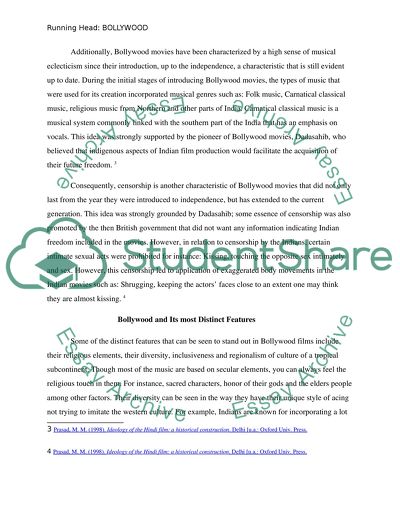Cite this document
(“Bollywood Research Paper Example | Topics and Well Written Essays - 2000 words”, n.d.)
Retrieved from https://studentshare.org/visual-arts-film-studies/1659180-bollywood
Retrieved from https://studentshare.org/visual-arts-film-studies/1659180-bollywood
(Bollywood Research Paper Example | Topics and Well Written Essays - 2000 Words)
https://studentshare.org/visual-arts-film-studies/1659180-bollywood.
https://studentshare.org/visual-arts-film-studies/1659180-bollywood.
“Bollywood Research Paper Example | Topics and Well Written Essays - 2000 Words”, n.d. https://studentshare.org/visual-arts-film-studies/1659180-bollywood.


